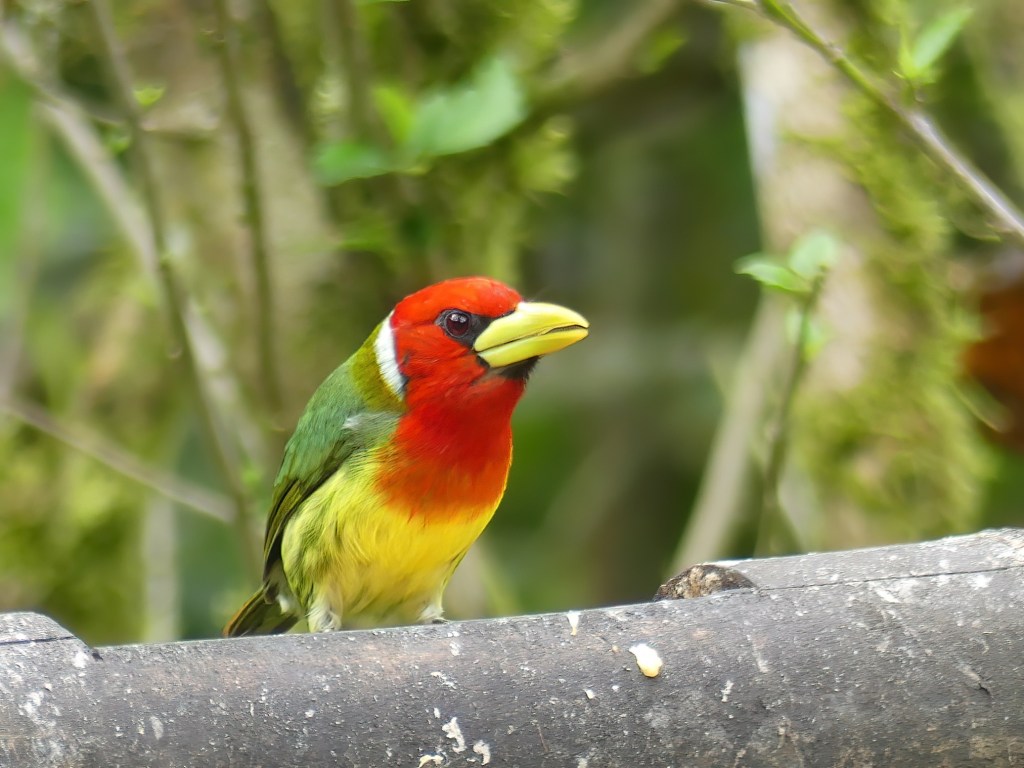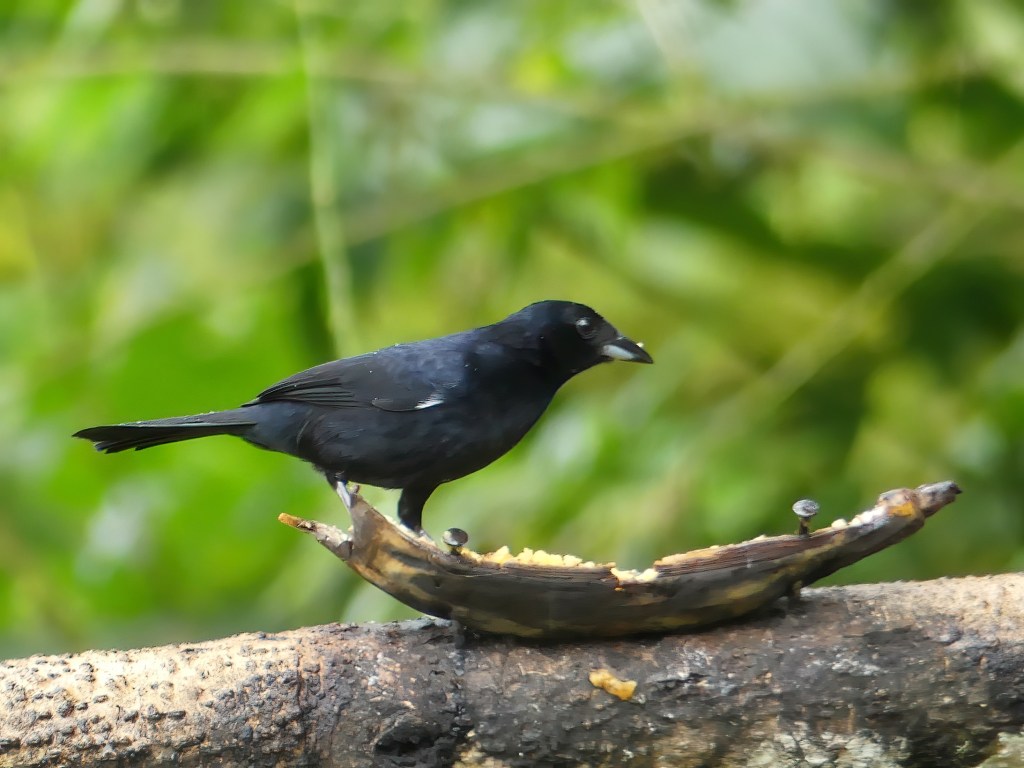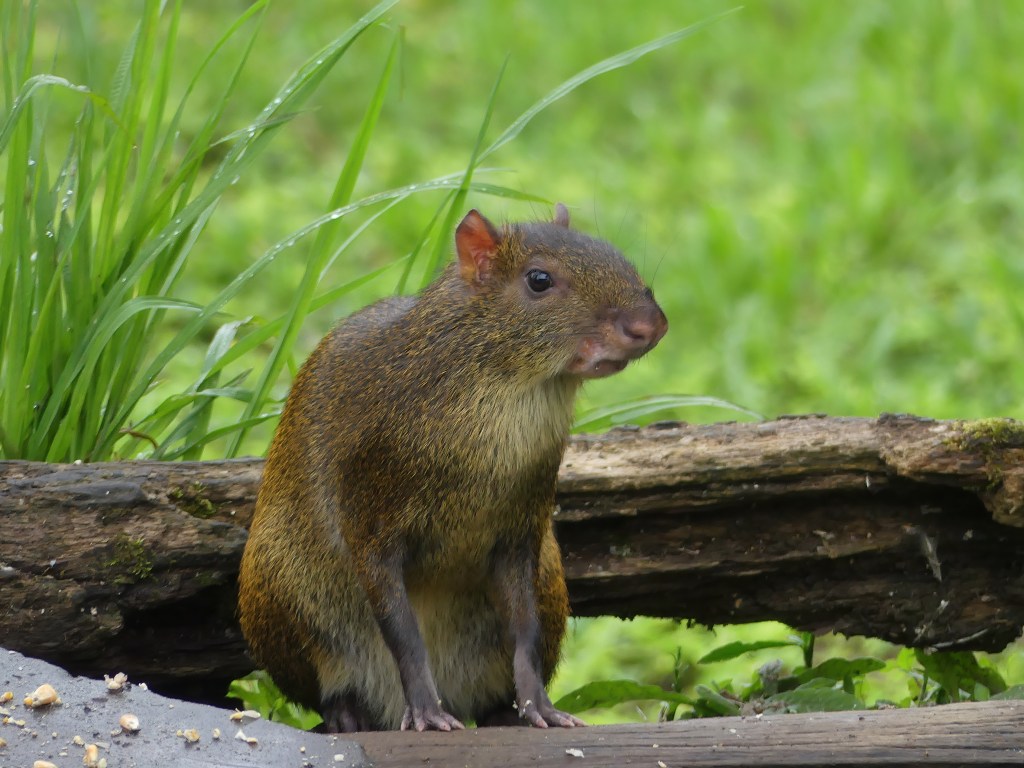I got one more day of birding in Ecuador than we had originally planned because it didn’t take an entire day in Quito for a Covid test. Xavier had been able to find a doctor near San Isidro who was willing to do the test for us. We met him on the side of the road, I spit in a cup and gave him $65.00, and the next day I had my admission ticket for the plane home – an email with my negative Covid test.
We left San Isidro early on Monday, May 3. Xavier headed back to Quito to prepare for his next tour. Francisco and I also headed towards Quito, but we stopped at Antisana Ecological Reserve, about 60 miles from Quito, for my last day of birding. Antisana volcano is the fourth highest in Ecuador at 18,875 feet. It is surrounded by the ecological reserve which was created in 1993 to protect the unique and fragile flora and fauna. The habitats of the reserve range from mountain forests to grasslands. Below is a photo of Antisana that I took a couple of days earlier from San Isidro.

Officially, Francisco was our driver for the trip, but he was actually so much more. He had done countless things to make the trip easier for me from providing tech support for all my camera questions and problems to helping me get my rubber boots on and off. Francisco was warm, kind, smart, and a good birder, so I was happy to spend the day with him.

We got our first target, Red-crested Cotinga, right away (photo above). Next we went to Restaurante Tambo Condor for a cup of hot tea and hummingbirds. We would return a bit later for a delicious lunch. This is a wonderful place to see the hummingbird with the best name ever, Shining Sunbeam.

We continued on to higher elevations and found more new birds starting with a Black-chested Buzzard-Eagle, a life bird for me.

A couple of pretty Black-winged Ground Doves gave me another bird for my life list.

There were quite a few small birds in some areas. Sometimes I got confused, but I just tried to take as many photos as possible. Weeks later, I had a delightful surprise when I was processing my photos and discovered the Brown-backed Chat-Tyrant below. It was not on my eBird checklist for that day’s birding, but, obviously I had seen the bird, so it was fair to add it to my life list.

Stout-billed Cinclodes (below) was a common bird at Antisana. My lifer had been on my earlier trip in 2013 at Papallacta Pass which has some similar habitat.

This is the bird that surprised me the most by how beautiful it is – Carunculated Caracara. We saw several individuals walking around in the grass close to the road. This raptor of the high Andes occurs only in Ecuador and southern Colombia. The individual in my photo below is an immature bird.

Our last bird of the day was Andean Gull. I really like gulls so I was happy to see several of these beautiful birds in the road ahead. They were shy, though, and we were not able to get very close. The photo below is highly cropped. We had wanted to continue on to the lagoon where several more potential life birds awaited, but the road was closed a few miles before the lagoon.

On our way back down the mountains, we saw this White-tailed Deer. Yep, Odocoileus virginianus, the same species that we have here in North Carolina. Its native range is throughout much of North America, through Central America, and south to Bolivia.

We arrived at Puembo Birding Garden (PBG) mid-afternoon just in time for me to watch a few more birds in Mercedes’ lovely garden and rest a bit for my trip home the following day.
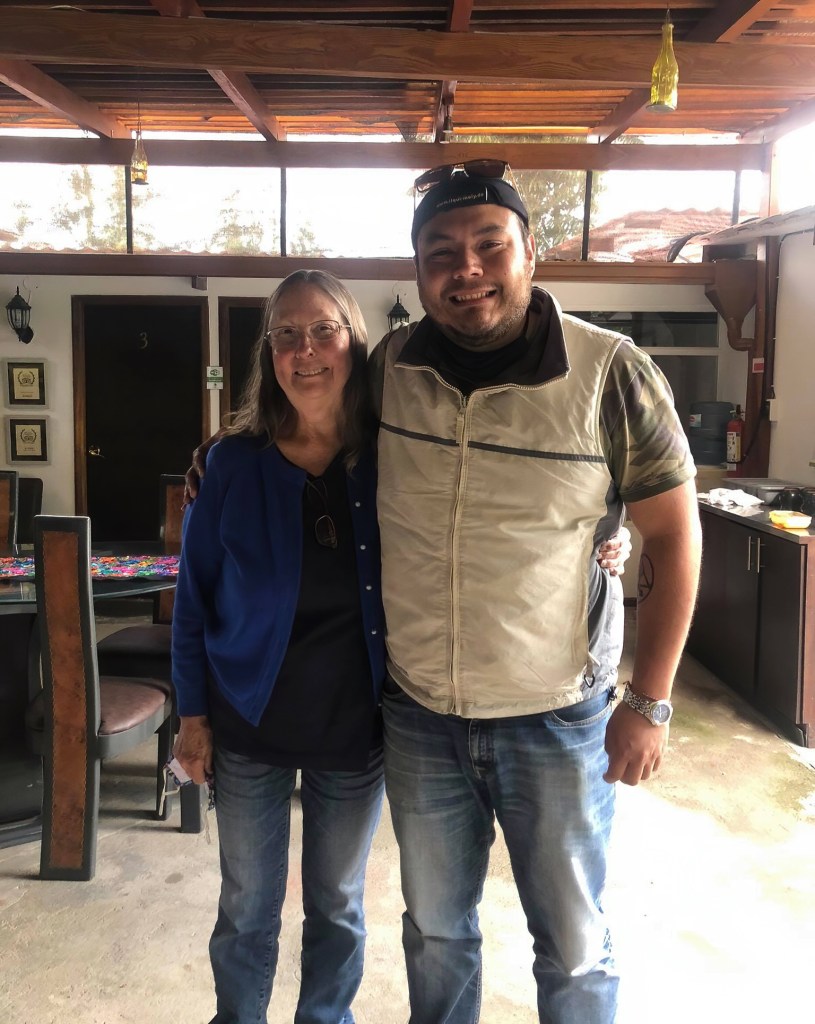
During my 15 days in Ecuador, I saw a total of 246 species. I thought that was good considering that this was an easy trip with no hiking on strenuous mountain trails. This number includes 150 species that were new for Ecuador bringing my Ecuador total to 356. And, most importantly, I got 108 life birds.
Below is one of the last birds that I saw in Ecuador, a Scrub Tanager, which I did not see anywhere other than the PBG garden.
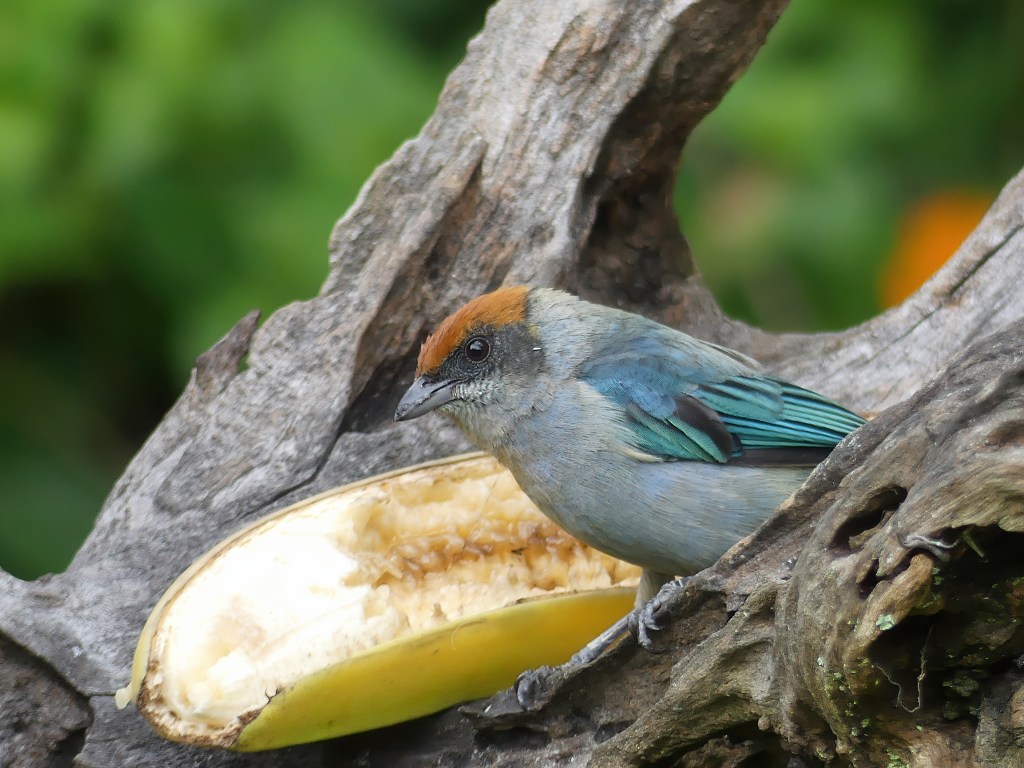
My trip was amazing and I can’t wait to go back. I’ve already told Xavier that I intend to return next year. I can’t think of anything that Xavier or Francisco could have done to make this experience more fun. I highly recommend Neblina Forest for Ecuador and other South American nature trips. You won’t be disappointed. Below, a pretty Blue-gray Tanager, a bird that I guarantee you will see in Ecuador.



